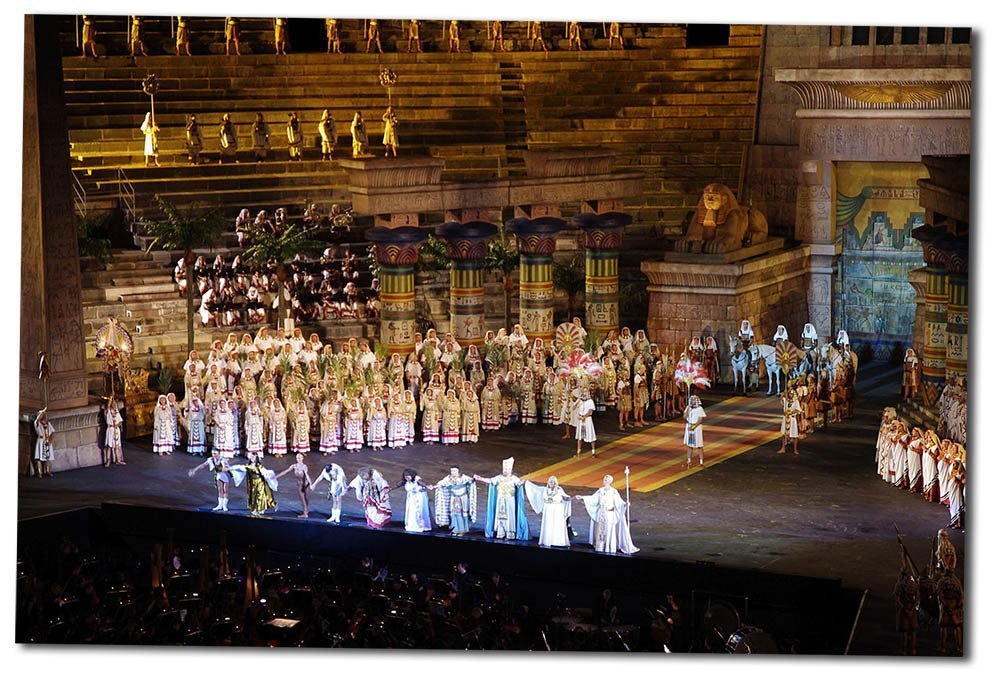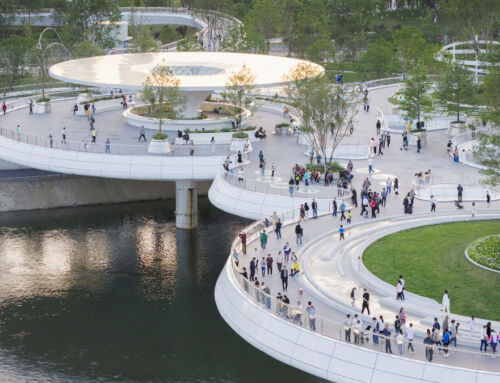In previous Amusement Logic newsletters, we have spoken about the concept of theming and its importance in leisure projects. We have linked theming with landscape and architecture, and with the right concept design of an entire environment that visitors/spectators can admire by using their five senses.
Visitors of a leisure centre, whether it’s a waterpark, theme park, FEC or any other kind, are prepared to discover the places, environments and in short, the scenes that make up a fictitious universe, whose aim is to transport them to an experience that is far removed from their daily lives. Indeed, during the design process, the scenography relates directly to the architecture.
The word “scenography” includes in its definition, all those resources needed for the design and creation of a fictional and imaginary environment, in which a theatrical representation is produced. In this representation, the costume design, lighting and sound appropriate for each fictional universe come into play. Indeed, we talk generally of scenography when we refer to theatre, cinema or TV stages. However, we must bear in mind that these contemporary forms of creating scenic fictional worlds, historically drink from architectonic sources. We must remember that scenography has been historically denominated with terms such as “theatrical architecture”
In this sense, scenography not only represents a landscape, but a place for action. An attractive script, the introduction of characters associated with the story and the fact that visitors themselves become characters and play a main role, are indispensable elements in the global visitor experience of a leisure complex.






